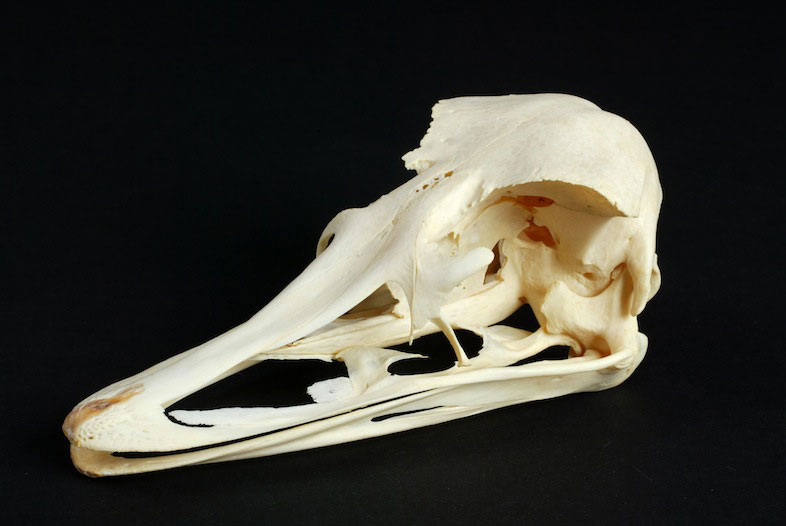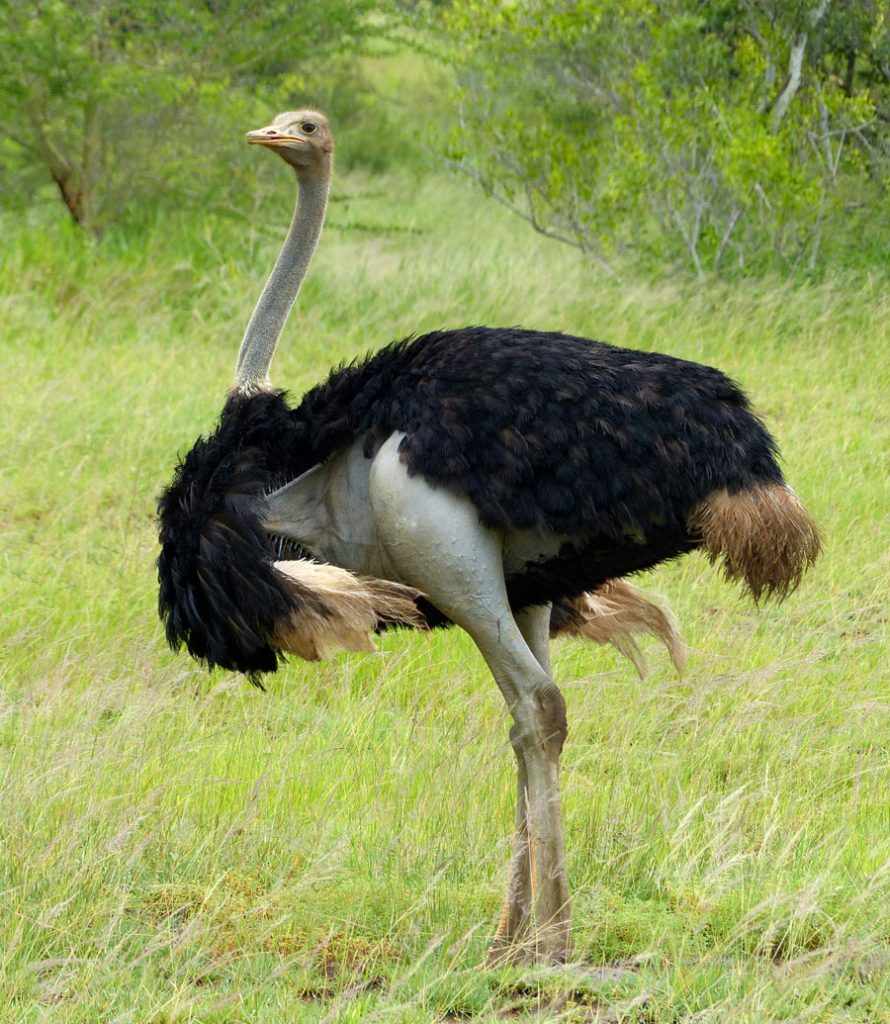The Answer
The ostrich is the only bird in the world that has eyeballs that are bigger than its brain!
It’s a well-known fact that the ostrich is the largest flightless bird in the whole animal kingdom. The ostrich is also known for its great speed. However, what many people don’t know is that this large bird also has eyeballs that are larger than its brain.
Yes, that’s a fact.
An ostrich’s eyes are the size of billiard balls. You can just imagine how massive they are. It’s even more interesting because these animals have small heads which simply means that the space left is not enough to accommodate a big brain.
Each eye measures approximately 2 inches (5 centimeters) in diameter from front to back. Because they take up so much room in the skull, the ostrich’s brain is actually smaller than either one of its eyeballs.
In fact, their eyes are 5 times bigger than those of humans or any other living land animal in the world.
It’s quite interesting and impressive.
So you’re probably wondering, how big is the brain of an ostrich?
How Big is the Brain of an Ostrich?
If each one of its eyeballs is larger than its brain, just how big or small is the brain itself?
Well, the average length and width of an ostrich brain are 2.3 in (59.26mm) x 1.7 in (42.30mm) and it typically weighs 0.9 oz (26.34g).
In studies, the cerebellum of the ostrich’s brain appears well developed and protrudes dorsally. The brain also has numerous transverse fissures of the cerebellar vermis compared to the brains of domestic fowls. Therefore, the surface area of an ostrich’s cerebellum is significantly larger.

An ostrich’s brain represents only 0.015% of its total body weight. Given that the average weight of the bird is around 330 lbs (150kg), this fact is quite shocking. Additionally, the brain is 17 times lighter than those of domestic fowls.
Recent research also indicates that the brain of an ostrich is underdeveloped.
How Do Ostrich’s Big Eyes Benefit the Animal?
Their exceptionally huge eyes offer them a big advantage. Bigger eyes mean better vision. An excellent vision allows ostriches to adapt and thrive in their natural habitats. With their big eyes with enhanced vision combined with long necks and legs, these birds are able to spot predators and food from a long distance.
When confronted by common predators such as lions, cheetahs, and hyenas, ostriches try to outrun the enemies and can sprint as fast as 70km/h and hold steady speeds of approximately 50km/h.
When fleeing is not an option, these birds use their powerful legs and feet to kick their predators hard. Each one of its feet has 4-inches claws that can cause serious harm to predators as big as lions, hyenas, and cheetahs.

Despite its powerful eyesight and tremendous speed, the ostrich isn’t always very successful when it comes to eluding predators. Instead of running straight, it tends to run in circles, which increases its chances of getting caught. This probably has something to do with its small brain that prevents critical thinking.
Contrary to the popular belief, ostriches don’t actually bury their heads in the sand when faced with danger. The “head in the sand” myth started with Pliny the Elder, a Roman encyclopedist and philosopher who wrote that ostriches being so incredibly stupid
“Imagine that when they stick their heads and necks into sand or a bush at the sign of possible threat or danger, their whole body is concealed and thus are invisible to the predators.”
However, this myth has long been dispelled. When faced with danger, ostriches will lower their heads and necks to the ground in an attempt to blend in with their surroundings and thus become less of a target. Anyone viewing from a distance will instantly have the impression that the bird is actually burying its head in the dirt in an attempt to make itself invisible to the predator.
There are also a few other explanations for this behavior.
Unlike other birds which build nests on trees, ostriches dig holes in the soil or sand which they use as nests for their huge eggs. A few times a day, the ostrich puts its head inside the hole to check on and rotate the eggs. A lot of people mistake this behavior as a defensive tactic where they try to hide from predators.
Furthermore, their heads are pretty small so when picking small stones and sand to help digest their fibrous food, it may appear as if they have their heads buried from a distance.
And even if it were true that they actually bury their heads in the sand, they wouldn’t be able to breathe and would ultimately die, which is not something we see.
Are there any Benefits to the Ostrich Having a Smaller Brain?
According to a new study comparing about 2062 bird species, in highly variable environments, birds tend to have either large or small brains relative to their body size.
According to the study, big brains in animals can help them quickly adapt to unexpected environmental changes. However, some birds like ostriches just don’t need them. Their small brains allow them to utilize ecological strategies that are not available to other big-brained animals. Generally, instead of solely relying on their brains to survive, small-brained animals like ostriches tend to have bigger bodies, consume readily available food, and produce a large number of offspring (ostriches lay between 40-130 eggs annually). Their high reproductive rates allow them to quickly recover from high mortality rates due to their challenging conditions.
Another advantage is that a small brain demands less energy compared to a big brain. Because ostriches tend to consume a high fibrous diet that requires a large gut to digest, a lot of their energy is diverted to the gut. Given that brains are as energy-demanding as guts, having a smaller brain actually benefits the ostrich as it’s able to easily maintain the required energy levels to both organs.
Bottom Line
It’s fun to learn more interesting facts about this large flightless bird. The ostrich is not just the largest and fastest flightless bird in the world. It also has the biggest eyes of any bird or land animal in the entire world. And of course, its eyes are bigger than its brains, which is truly fascinating!

Lydia King is a huge animal lover and has always been fascinated with learning about the animal kingdom. She enjoys writing about anything animal related from scientific information about rare species to animal references in pop culture.












